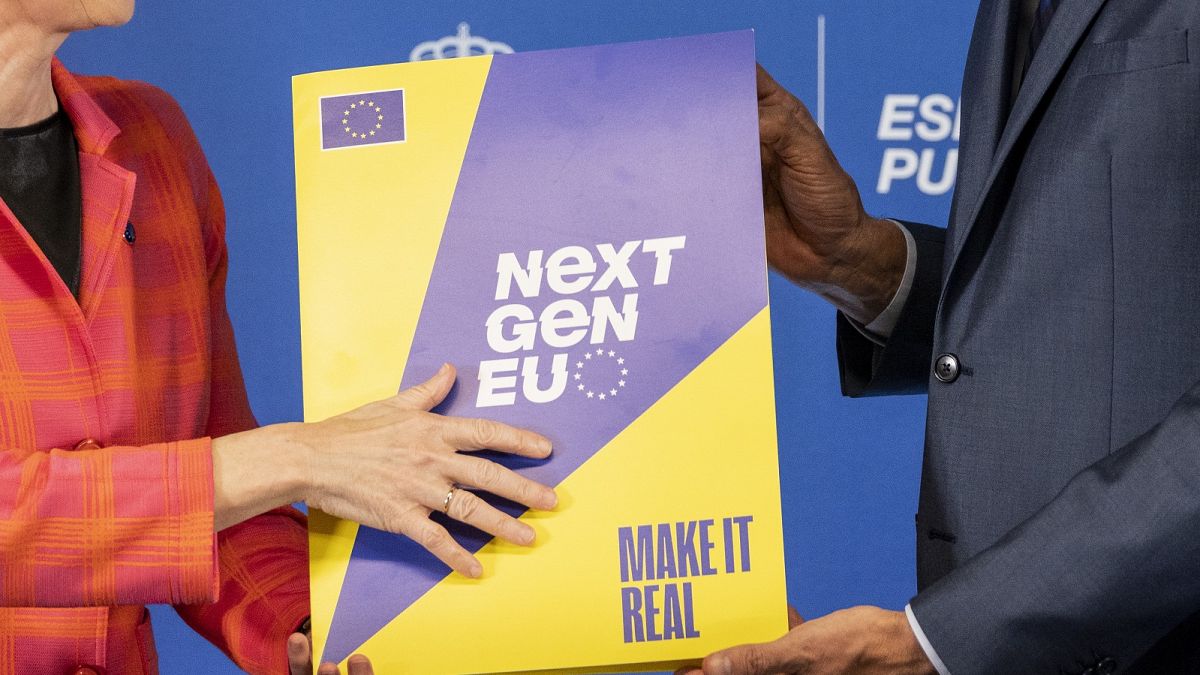European reforms to make the region’s markets more competitive with the US face a last-ditch opposition from stock exchanges reluctant to hand over their data to a planned real-time database of share trading information.
European Union officials on Tuesday will begin negotiations to lay out the framework for live records of stock and bond trading information, a move that supporters say would vastly improve transparency and entice big foreign investors to trade in European stock markets.
The European Commission, the EU’s executive arm, hopes the measures will help unify its fragmented market and make it more comparable to the US, whose stock markets are more dynamic and twice as valuable.
European markets also have suffered a dearth of listings, with the value of money raised dropping to its lowest point in a decade last year, according to Dealogic data. Turnover in equities, an indicator of market liquidity, rose 40 per cent in the six years to 2022 in the US but remained flat over the same period in Europe, according to data compiled by AFME, a banking lobby group.
But the EU’s plan to create a single database of live stock prices faces a final lobbying pushback from Europe’s stock exchanges, which argue handing over data deprives them of much-needed revenues and threatens the viability of some of the region’s smaller bourses.
“It may mean in smaller countries they would not have a listing venue anymore,” said Rainer Riess, director-general of the Federation of European Securities Exchanges, which represents 35 venues across the region.
The European Commission sees a so-called consolidated tape as a way to overcome the hurdle of fragmented European markets. Trading is scattered between national exchanges, alternative trading venues and private marketplaces. Such tapes have been a feature of US markets for decades.
The negotiations between member states, the European Commission and parliament, will try to clarify what a consolidated tape should look like. Brussels intends that it will be run by a private commercial company and funded by the market.
Many investors argue the structural problems in Europe have been exacerbated by the EU’s 2018 Mifid II markets rules, which have made it more difficult and expensive to track activity.
A tape “should lead Europe into being seen and operate as a truly single market”, said Adam Farkas, chief executive of AFME. “If you are sitting in Singapore or Hong Kong . . . and managing a fund there, you want to look at Europe as one single market.”
The 2018 rules mandated a tape be built but left it to the market to develop a solution. Efforts repeatedly foundered when they came up against national and commercial interests.
Natan Tiefenbrun, president of stock exchange operator CBOE Europe, said clients such as large US quantitative trading firms “want to come to Europe but are put off by the complexity, particularly in market data”.
But the debate has centred on when exactly trading data should be captured. FESE, which initially sought a 15-minute delay to the tape, has lobbied for the tape to largely consist of information after the trade is completed, and opposes constant real-time pre-trade data.
Susan Yavari, senior regulatory policy adviser at the European Fund and Asset Management Association, said opposition to a pre-trade tape was “shortsighted” because “[exchanges] want to protect existing data revenues”.
Exchanges earn lucrative fees from licensing their market data to customers such as high-frequency traders, hedge funds and banks — revenues that would be shared under the EU proposals. FESE estimates European venues earn about only €245mn from their data annually and Riess argues the data fees cover the maintenance of listings and growth markets and other services that rivals and banks do not provide.
“Even for some of the midsize players that would be a significant cut in their revenue where the viability of the exchange business for these players would be in question,” he said.
FESE also argues that the rules should include “systematic internalisers” — more lightly regulated invitation-only markets run largely by banks and high-frequency traders. Stéphane Boujnah, chief executive of Euronext, the region’s largest exchanges operator, has called proposals that exclude them as “diluting transparency, creating opacity”.
Boujnah, like FESE, has also warned that a tape containing pre-trade information will leave smaller investors exposed to predation, undermining Mifid II’s commitment to toughen protection for investors.
Larger traders will see the orders on the tape, then use faster and more sophisticated technology to take advantage of the difference in the price on an exchange hundreds of miles away, a tactic known as latency arbitrage, argues the exchange lobby group.
“If you are sending the data to the tape provider from Oslo, Athens, Cyprus . . . there’s a geographical latency that’s significantly bigger than the US,” Riess said, adding: “Some will know in advance what the tape will say, they will be able to arbitrage that.”
That argument is rejected by many asset managers. Yavari said smaller exchanges would actually benefit, not lose out. “Take Portugal or Croatia, you have to go proactively and see the data from that exchange. If you already have all the data in a consolidated tape then it’s all there, you have the visibility.”
“In the absence of [the data], it’s very difficult for us to showcase the true liquidity pool and that doesn’t help the growth of European capital markets more broadly,” said Jim Goldie, head of ETF capital markets for Europe, Middle East and Africa at Invesco.
EU faces last-ditch challenge from exchanges over trading reforms


